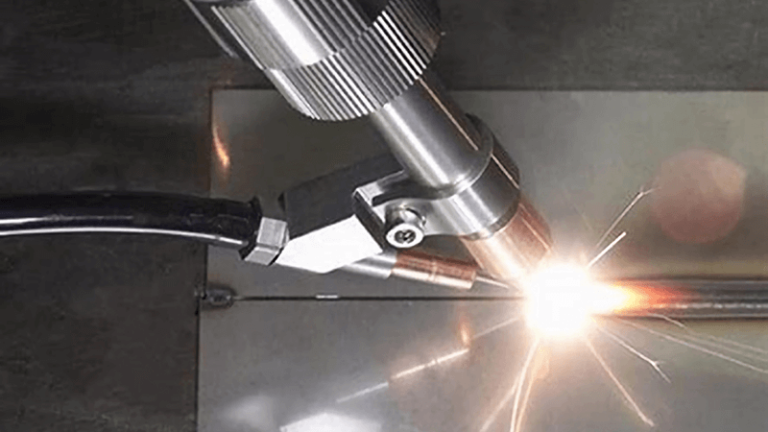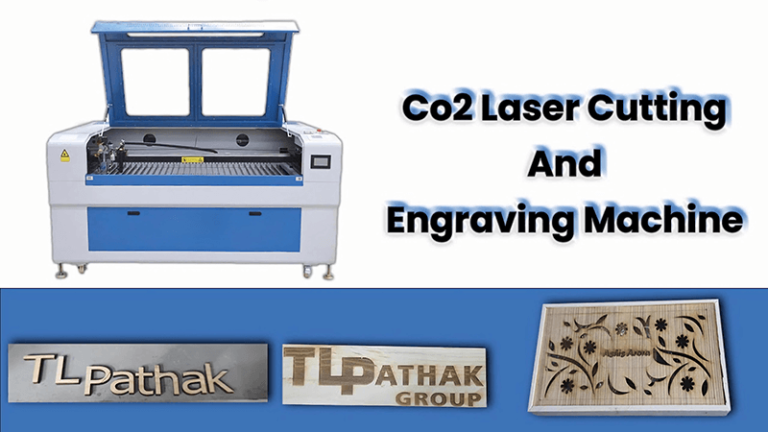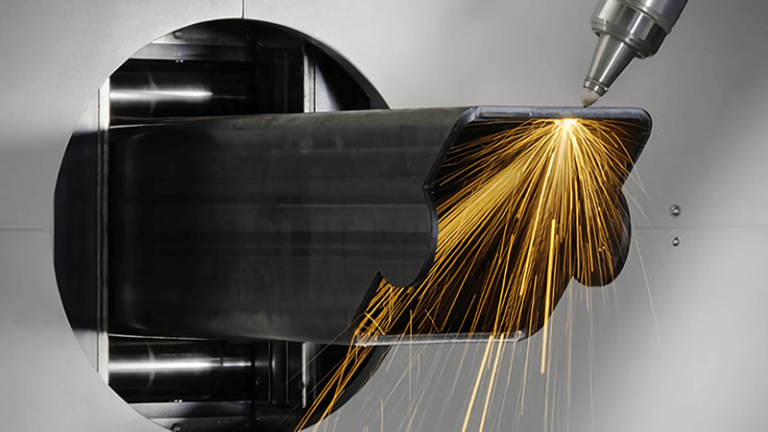In the ever-evolving world of manufacturing, staying ahead of technology curves is not just beneficial—it's imperative. As the engineer of Kirin Laser, I've seen firsthand how laser cutting technology revolutionizes the way we create products. But what exactly makes it a game-changer in the manufacturing sector? Let's dive in.
Laser cutting is a precise and versatile technology that cuts materials using a high-powered laser beam. Its ability to deliver high-quality cuts with minimal waste makes it an essential tool for any modern manufacturer looking to optimize their production processes.
Manufacturing is all about precision and efficiency. With laser cutting, we can achieve both, ensuring that every product not only meets but exceeds industry standards. Now, let's break down just how laser cutting is transforming the manufacturing landscape.
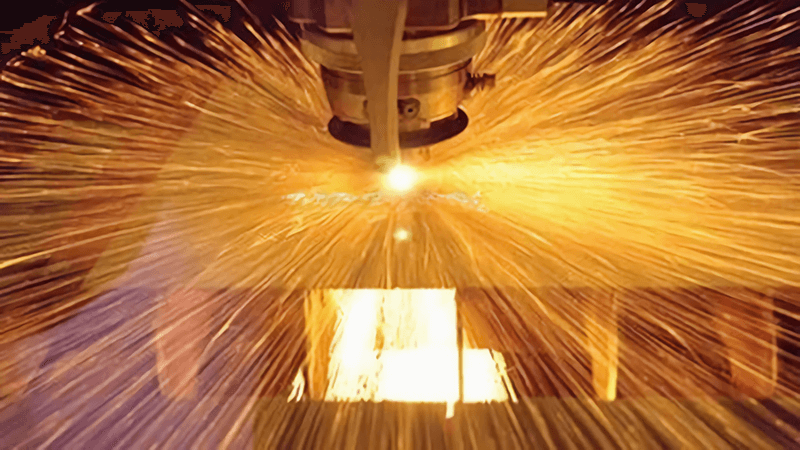
How Does Laser Cutting Work?
Laser cutting starts with a concentrated beam of light that pierces through material with extreme precision. This process is controlled by computer numerical control (CNC) technology, allowing for meticulous detail and complex patterns that traditional cutting methods can't match.
What Are the Key Benefits of Laser Cutting in Manufacturing?
The benefits of laser cutting are vast, but most notable are its efficiency and speed. Unlike mechanical cutting, which often requires tool changes and maintenance, laser machines can operate continuously with little downtime. This not only speeds up the production process but also reduces labor costs and increases productivity.
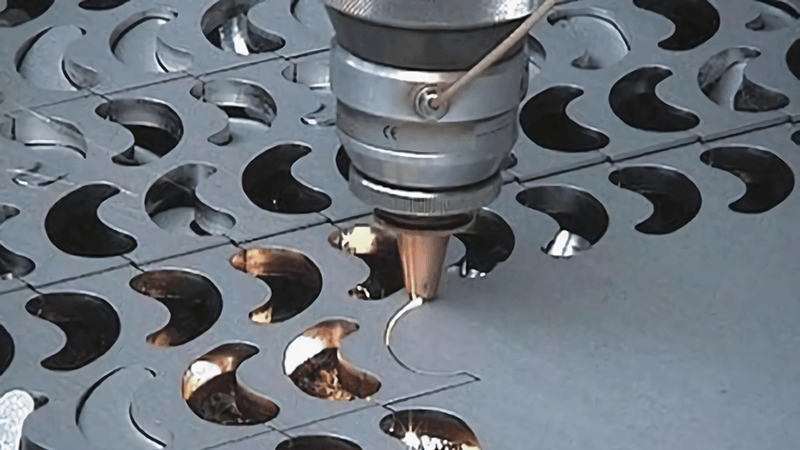
What Materials Can Be Effectively Cut with Laser Machines?
From metals like steel and aluminum to non-metallics such as acrylic and wood, laser machines can handle a diverse range of materials. This versatility opens up numerous possibilities for manufacturers across various industries, allowing them to innovate and expand their product offerings.
How Does Laser Cutting Compare to Traditional Cutting Methods?
When comparing laser cutting to traditional methods such as plasma or mechanical cutting, the advantages become clear. Laser cutting is not only more precise but also limits material waste, thanks to its narrow kerf width—the amount of material removed during the cutting process. This precision ensures that more of the raw material is used effectively, boosting sustainability and reducing costs.
I once wrote an article specifically about the differences between laser cutting and traditional cutting methods. If you're interested, you can click on this link to take a look.
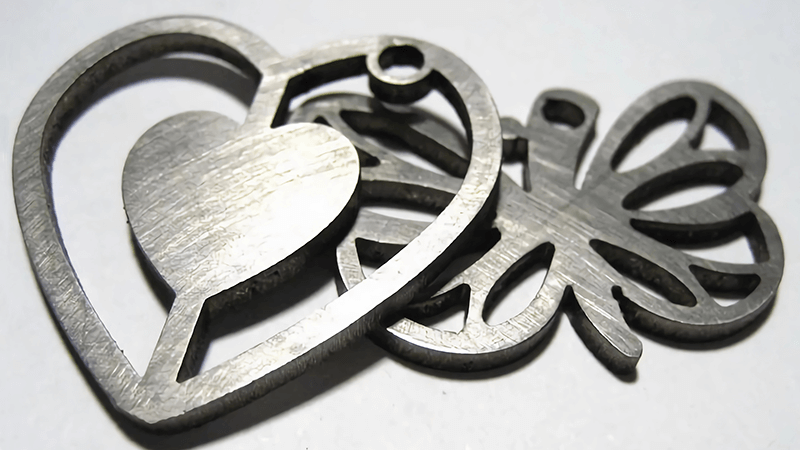
How Are Modern Industries Leveraging Laser Cutting?
Industries such as automotive, aerospace, and electronics have embraced laser cutting for its ability to produce lightweight, structurally sound components. For example, in the automotive industry, laser cutting is used to create complex parts that are both strong and lightweight, contributing to overall vehicle efficiency.
What Innovations Are Shaping the Future of Laser Cutting?
The future of laser cutting looks bright, with ongoing advancements in laser power and control technology. Additionally, the integration of artificial intelligence and machine learning is set to further revolutionize this field, making laser cutting machines smarter and more efficient.

How to Choose the Right Laser Cutting Machine for Your Needs?
Choosing the right laser cutting machine involves considering several factors, including the type of materials you intend to cut, their thickness, and your expected production volume. It's also crucial to partner with a supplier who can offer robust support and maintenance services, ensuring your machine continues to operate at peak performance.
Here, I'd like to share a link to a blog post I wrote previously. It's specifically for potential buyers on how to choose the best laser cutters for metal. If you're currently struggling with this, why not click through and take a look?
Conclusion
Laser cutting technology is a cornerstone of modern manufacturing, offering unmatched precision, efficiency, and versatility. As industries continue to evolve, the role of laser cutting will only grow, helping manufacturers stay competitive in a fast-paced market. For those looking to enhance their manufacturing capabilities, investing in laser cutting technology is a smart move.
The outlined approach here not only details the functionality and benefits of laser cutting but also encourages industry leaders to consider integrating this technology into their operations. For more insights and guidance on selecting the right equipment, stay tuned to our blog at Kirin Laser– your partner in cutting-edge manufacturing solutions.


